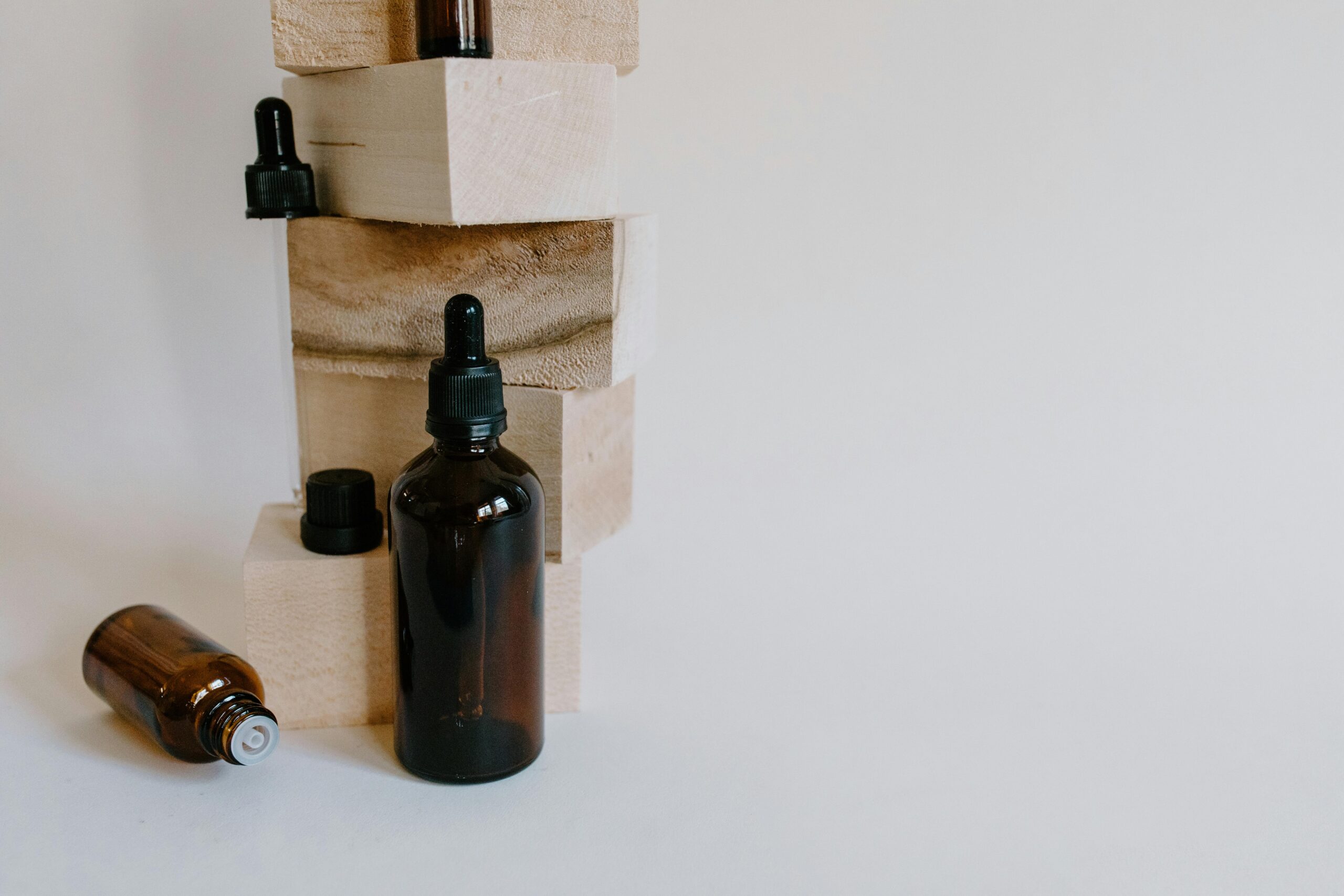
Many of us enjoy the idea of being able to modify our bodies to feel more comfortable in our own skin. Whether it be through tattoos or body piercing we seem to have an affinity for wanting to change things up about our look.
Thousands of people each year, consider a nose piercing specifically, and it isn’t without it’s possibility for complications. The nostril will be pierced with a needle to facilitate the piercing, so it only makes sense that things might not work out perfectly for everybody. Of all patches of skin on the body the nostril is fairly unique because of how thin it is and how relatively disconnected it is from healing resources. Before you or someone you know chooses to get a nose piercing, make sure that everyone understands the realities behind choosing to get a nose piercing.
Infection
The most predictable, possible and negative outcome is of course an infection. Any open wound makes for the perfect opportunity for a foreign pathogen to enter the body. If the piercing shop doesn’t employ proper hygiene protocols, the risk is amplified significantly. Signs of an infection include redness, swelling, pain, and the accumulation of bodily fluids. Many strange looking nose piercing bumps will end up being some form of infection. At this point you’re most likely going to have to take a course of antibiotics as infections can be potentially fatal. Far from a desirable outcome to say the least.
Rejection
The body’s immune system is quite good at making sure no foreign bodies invade, there’s a chance your body will reject the metal piece of jewelry you’ve now adorned. Eventually this will result in either your body pushing the piercing completely out or even worse have your body regrow skin around the metal. This can all be traced back to anything from an allergic reaction to the specific finish on a piece of jewelry or similar immune response. Out of all of the possible occurrences with nose piercing this one is perhaps the least easy to predict, as people don’t tend to think about whether or not their nostril will accept their specific piercing or not.
Necrosis
Another way the body fights back against an unwanted piercing is through necrosis. Instead of the body mounting an immune response against the piercing all of the cells around the jewelry begin to die off in massive numbers. Occasionally this is reported by people who pick at their piercing instead of letting them heal properly. Necrosis is the fancy word for cell death: a part of your body is literally dying off.
Tissue/Nerve damage
It’s worth considering that while this procedure is a far cry from double bypass surgery, it’s still pretty involved. Someone will be pushing a needle through the skin to make room for a piece of metal jewelry, it wouldn’t be too far of a stretch to define that as intentionally causing trauma to the body. The nose is chock full of sensitive nervous tissue on top of not being particularly beefy in its own right. That means it is particularly susceptible to damage, even with the addition of a small piercing. Many in the industry consider piercing to be an art, there’s a large number of novice practitioners out there who is not capable of a perfect piercing resulting in minor disfigurement occurring to their customers. Diligence is key to making sure the process goes smoothly, it isn’t something worth winging.
Swallowing of jewelry
It seems like a long shot and in reality it isn’t the most common thing to happen to somebody, but people have ended up inhaling their nasal jewelry while they were asleep. A rude awakening at best and asphyxiation at worst, it can prove fatal quickly. Poorly fitting piercing are much more likely to have this problem, but the idea that a sharp inhale can mean aspirating a hunk of metal in your nose isn’t extremely appealing.
Risk of Hepatitis
There isn’t a single piercing that doesn’t come with a slight risk of contracting hepatitis from either the needle or piercing gun. Proper sterile technique can reduce the risk of hepatitis to almost zero, but there’s always a chance your particular salon skimped a crucial step somewhere that day.
Facial Paralysis
Sometimes because of poor technique or the luck of the draw a nose piercing will result in losing all feeling in the face. The skin on the face is different from the skin on the other parts of the body and is particularly sensitive to trauma. For whatever reason some people lose a large portion of the sensation in their face after receiving a nose piercing. Besides making sure you go to a reputable parlor, there isn’t much one can do to protect against this.
Septal Hematoma
When someone goes down the route of piercing their septum, a rare but serious complication is the septal hematoma. Hematoma essentially means a bruise, that is a pooling of blood underneath the skin. Blood can begin to pool underneath the lining of the septum which can seriously damage the structural integrity of the septum resulting in disfigurement. On top of that, the pooled blood in the septum can eventually become so significant that it obstructs the air pathways, something that comes with the side effect of making it extremely difficult to breathe with the nose.
There is a pretty staggering amount of possible issues that can arise post nose piercing. Although many people get nose piercing each year without any major hiccups, it is important to be educated as to the risks of getting a piercing before you can decide whether or not it’s the right choice for you. What seems like a simple piercing of a small patch of skin can result in much larger and significant issues than expected. Facial tissue is particularly delicate meaning that any piercing staff should exercise care when performing their services. The best risk management tactic is to opt for a needle as opposed to a piercing gun and only go to well liked parlors in your area. At the same time, some things just can’t be avoided.

















